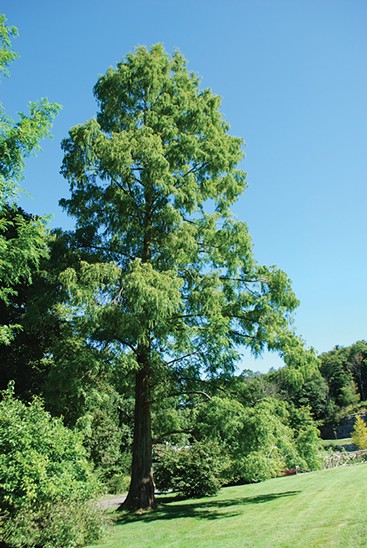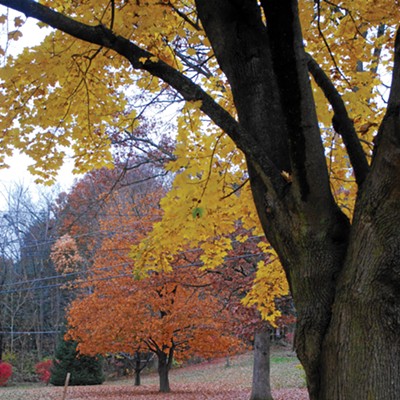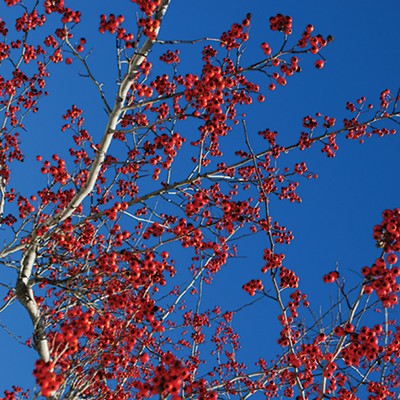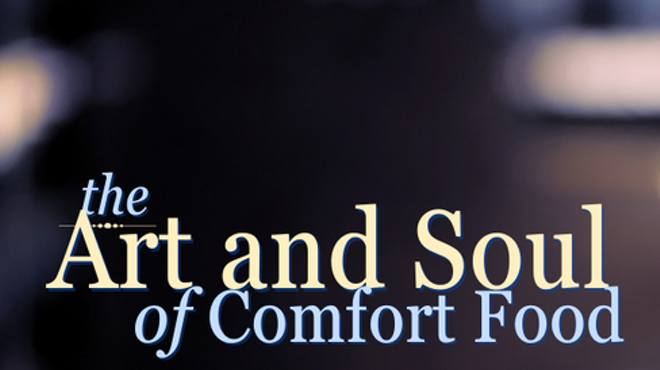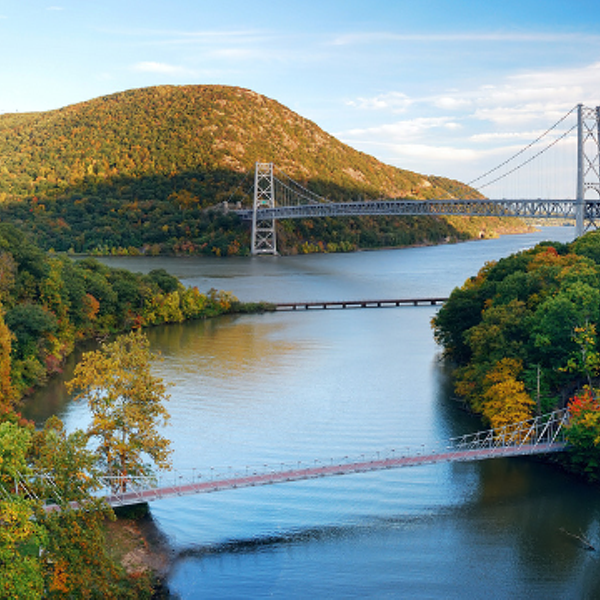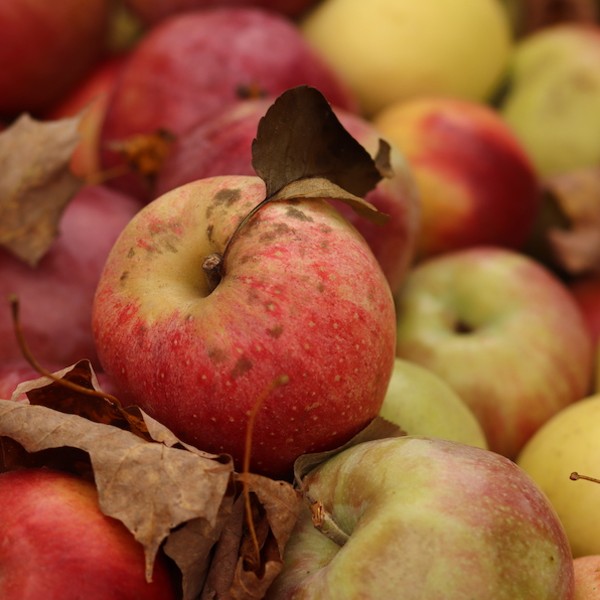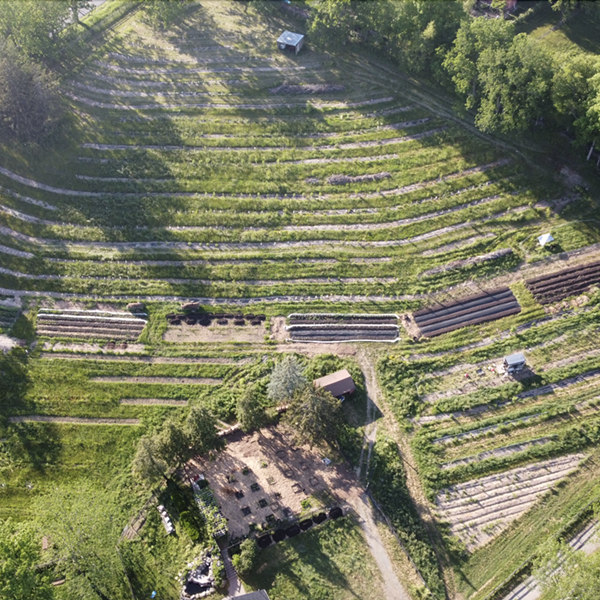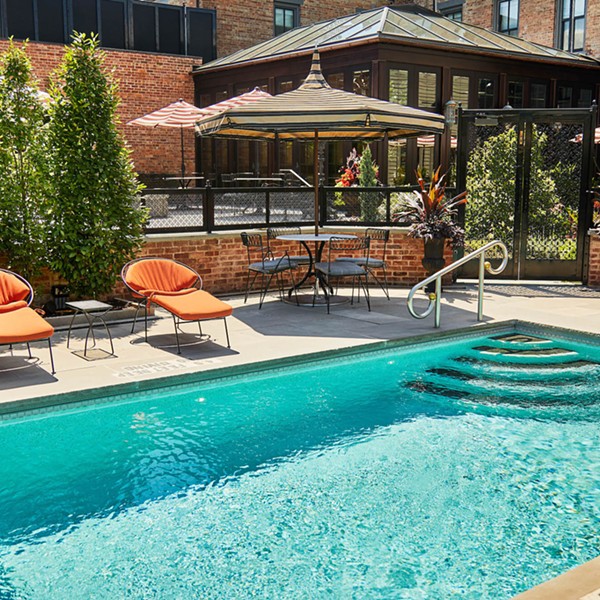Scenario B
You live in USDA Hardiness Zone 6a.
You want a small tree in a pocket garden between your driveway and the front porch. It has to be a small tree because the bed is only 15 x 18 feet; there isn't enough room above or below ground for a bigger tree.
It's the south side of the house, and due to the heat radiating from the house, driveway, and sidewalk, its gets hot and the bed dries out quickly, but it's near the spigot, and you plan to water the tree.
You would like showy flowers.
There are no overhead wires or underground utilities in the vicinity.
This garden bed gets salt runoff from the sidewalk.
A good match: There is a whole page of compact crabapple cultivars in RUT that would do nicely, ones that are both disease resistant and have extra showy flowers. They can tolerate periods of dry soil and some salt runoff. They are hardy down to Zone 4 or even Zone 3. Just be sure to get the specific cultivar indicated for its beauty and stress and disease tolerance. Avoid the "Assorted Crabapple" at the big box store; call around to the independent nurseries to see who has the desirable cultivars or could order one for you.
Scenario C
You live in USDA Hardiness Zone 5b.
This part of your yard is flooded in the spring but then gets quite dry in late summer. Ergo, you need something that can tolerate extremes of soil hydrology.
There are no overhead wires or underground utilities in the vicinity. There is plenty of above- and below ground space.
Your soil is acidic to neutral (under 7.5).
You like big trees, but you hate raking leaves.
A good match. You have lots of room, so why not go for something that gets really tall (60 feet or more)? RUT shows that the majestic baldcypress (Taxodium distichum) is adapted to both seasonally wet and dry soils. It is hardy to Zone 5a or higher. The leaflets are tiny and need no raking.
Scenario D; or, Not Every Site Can Support a Tree
Your soil is impenetrably hard to dig in and/or bedrock is close to the surface. You could remediate a discrete area of poor soil with compost and deep tillage, but it will be expensive to create enough hospitable soil volume for tree roots, which grow well beyond the canopy. There is one site problem that we cannot select for—and that is lack of rooting space. Best not to plant a tree here.
Or say you've always wanted a weeping cherry but there is only 10 feet of clearance between house and sidewalk (weeping cherry trees get much bigger than that over time). Or, you want an oak tree, but there are overhead wires in the vicinity. Find a place in your landscape where these trees will have adequate above- and below ground room, look for compact cultivars, or consider a different tree so it can enjoy the longevity you wish for it.
Resources
An interactive map to find your USDA Hardiness Zone
How to Get Involved
The New York State Urban Forestry Council brings together citizens, government, and nonprofit groups to foster comprehensive urban forest planning, management, and education. In partnership with the NY Department of Environmental Conservation and with funding from the USDA Forest Service, the Council co-coordinates an annual “ReLeaf” conference and workshops, for which members receive a discount. Anyone interested in the Council’s vision to “recognize the value of trees and maximize the use of trees to help improve the community’s quality of life” is welcome. Membership for individuals is just $25/year. Nysurbanforestrycouncil.com







